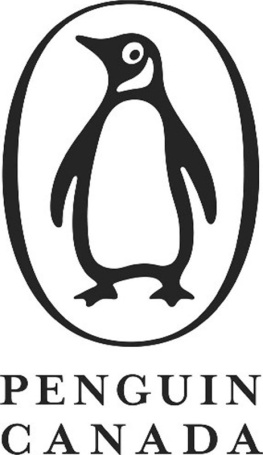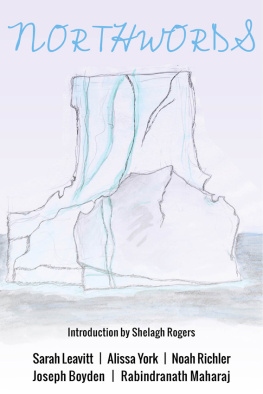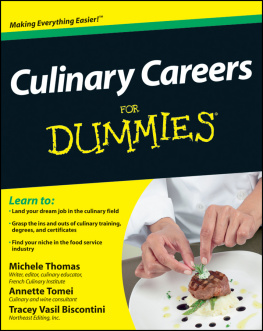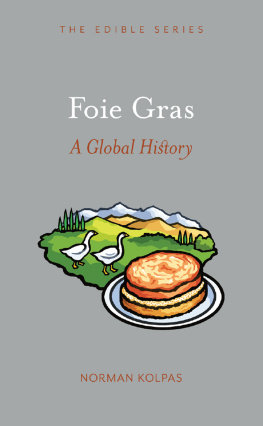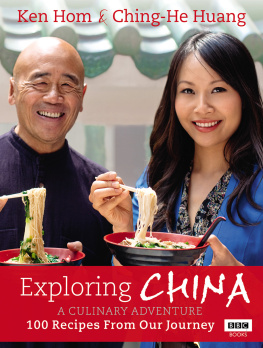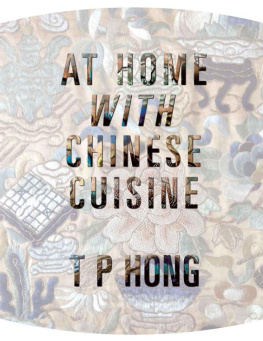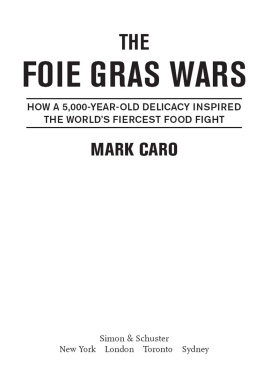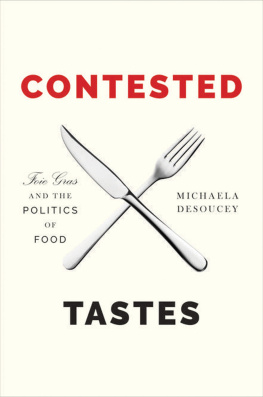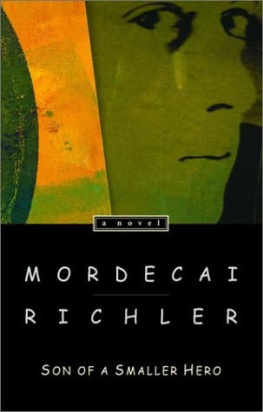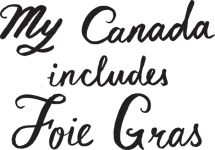
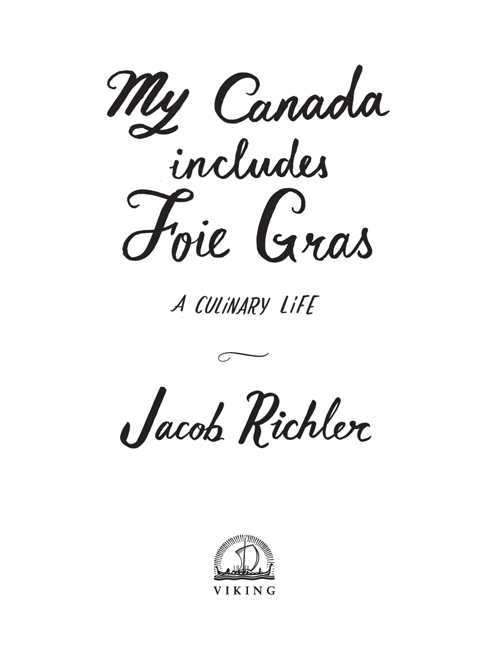
VIKING
an imprint of Penguin Canada
Published by the Penguin Group
Penguin Group (Canada), 90 Eglinton Avenue East, Suite 700, Toronto, Ontario, Canada M4P 2Y3
Penguin Group (USA) Inc., 375 Hudson Street, New York, New York 10014, U.S.A.
Penguin Books Ltd, 80 Strand, London WC2R 0RL, England
Penguin Ireland, 25 St Stephens Green, Dublin 2, Ireland (a division of Penguin Books Ltd)
Penguin Group (Australia), 250 Camberwell Road, Camberwell, Victoria 3124, Australia (a division of Pearson Australia Group Pty Ltd)
Penguin Books India Pvt Ltd, 11 Community Centre, Panchsheel Park, New Delhi 110 017, India
Penguin Group (NZ), 67 Apollo Drive, Rosedale, Auckland 0632, New Zealand (a division of Pearson New Zealand Ltd)
Penguin Books (South Africa) (Pty) Ltd, 24 Sturdee Avenue, Rosebank, Johannesburg 2196, South Africa
Penguin Books Ltd, Registered Offices: 80 Strand, London WC2R 0RL, England
First published 2012
1 2 3 4 5 6 7 8 9 10 (RRD)
Copyright Jacob Richler, 2012
Portions of this work were previously published in slightly different form in the National Post and Macleans.
All rights reserved. Without limiting the rights under copyright reserved above, no part of this publication may be reproduced, stored in or introduced into a retrieval system, or transmitted in any form or by any means (electronic, mechanical, photocopying, recording or otherwise), without the prior written permission of both the copyright owner and the above publisher of this book.
Manufactured in the U.S.A.
LIBRARY AND ARCHIVES CANADA CATALOGUING IN PUBLICATION
Richler, Jacob
My Canada includes foie gras : a culinary life/ Jacob Richler.
Includes index.
ISBN 978-0-670-06582-0
1. Richler, JacobTravelCanada. 2. Food writersTravelCanada. 3. Food habitsCanada. 4. Cooking, Canadian. 5. CooksCanadaAnecdotes. 6. CanadaDescription and travel. I. Title.
TX649.R53A3 2012 641.092 C2012-905302-3
Visit the Penguin Canada website at www.penguin.ca
Special and corporate bulk purchase rates available; please see
www.penguin.ca/corporatesales or call 1-800-810-3104, ext. 2477.

For my mother, who got me started on the culinary path (and a few others), And for Lisa, because
CONTENTS

INTRODUCTION
O ne summer afternoon in 2006 I dropped by a restaurant called Bistro and Bakery Thuet, in downtown Toronto, entering as was my habit through its back door directly into the kitchen. I had arrived just in time to spot another unexpected visitor, Franco Prevedello, plucking a biscuit from a large unattended batch cooling on a baking sheet, and taking a large bite. On the surface of it there was nothing wrong with Prevedello helping himself. He had been a driving force in the Toronto restaurant scene for decades, was the signatory for the lease on the bistros premises, and enjoyed a business relationship with its chef and co-owner, Marc Thuet, that dated back to the eighties, when Prevedello had employed him at his Centro Grill & Wine Bar on Yonge Street. The problem had to do with something else.
Franco! I called out. Stop! Those are dog biscuits!
Prevedello stopped chewing and looked at me. And then after a pause flashed his trademark mischievous smile from beneath his bushy moustache, shrugged, and popped the rest of it in his mouth.
Theyre good! he said.
My dog Bonko certainly thought so. For only the day before, when I was running errands with him, I had stopped for some bread at the bistro and chef Thuet had given me a bag of the biscuits. En route home, when I parked to collect something else on my list, I left the biscuits in the car with Bonko, who was napping on the back seat, with an air of sweet innocence about him. By the time I returned he was instead sitting upfront, looked charged, and sheepish. The aroma of the biscuits had apparently awoken him. Then he had managed something he had never even attempted before, and somehow extracted them from the drivers door side-pouch. He ate all of them, right down to the last crumb, and then chewed the paper bag to bits, too, for good measure.
You might think that a dog treat that acts like smelling salts on a mutt with canine narcolepsy, like mine, and also pleases the palate of a top restaurateur must be something out of the ordinary. It was. This is the thing: just before he baked them, chef Thuet had churned the raw dough with a good dose of Quebecs finest Grade A foie gras.
The initiative did not arise out of the blue. That year marked heady days for the antifoie gras movement. Stateside, affirmative duck action was gaining the upper hand. It had already been two years since Governor Schwarzenegger of California had assertively demonstrated that he was capable of far greater empathy for ducks than, say, his wife, by signing into law an act that would ban both foie gras production and consumption in the state by mid-2012.Closer to home, Chicago city council had just voted to ban foie gras from all retail stores and restaurant tables within its city limitsan American first (although the ban would be repealed two years later). And the unofficial figurehead for that particular movement was none other that the citys best-known and most accomplished chef, Charlie Trotter, who for ethical reasons had stopped serving foie gras in his restaurants back in 2002. The ten-times James Beard award winner was a virtuoso in the kitchen who had already proved singularly influential in driving trends, from the blind tasting menu to raw food. Trotter also happens to be a well-spoken and thoughtful man. Amongst chefs and the dining public, his credibility with regards to the rights of animals and livestock was nearly unimpeachable.
But chef Thuet did not see it that way. For he hails from Alsace, where foie gras is neither contentious product nor luxury itembut rather, a staple. It was there, in Strasbourg in 1780, that some four and a half millennia after the ancient Egyptians started force-feeding geese, chef Jean-Pierre Clause devised the method for turning its resultingly bloated liver into a silken terrine, and foie gras finally attained its apotheosis. The goose is nothing, Charles Grard wrote in LAncienne Alsace table in 1862. But man has made of it an instrument for the output of a marvellous product, a kind of living hothouse in which there grows the supreme fruit of gastronomy.
Foie gras has been a cornerstone of Alsatian cuisine for centuries. Which is why it is rumoured that baby chef Thuet was weaned on the stuff mashed up on a little spoon. Some people even say that as an infant, he tumbled into a large, warm, and unset terrine of the stuff andlike Obelix and the cauldron of magic potionderived from the dunking a secret culinary strength. Either way, he is one of the few chefs I know who has actually walked into a goose or duck pen with a feeding tube in one hand and a sack of grain in the otherand been mobbed by the hungry, expectant birds.
They fucking love it! he assured me, of le gavage.
Maybe, but perhaps not; all that is absolutely certain to me is that out there in the wilds beyond the holding pen, nature promises innumerable fates far worse than a spot of force-feeding. The thing about ducks and geese is that when left to their own devices, they will twice a year behave as do all migratory birds prior to the big annual trip and gorge themselves silly like a crowd of Americans at an all-you-can-eat buffet in Las Vegas. The biannual binge leaves their livers naturally engorged. Which is why all those millennia ago hunters and cooks noticed that duck and goose livers were fatter and tasted better during their period of pre-migratory feasting. And the reason that they first put their minds to the simple task of replicating those circumstances all year round. In other words, those greedy ducks and geese brought this upon themselves.
Next page
